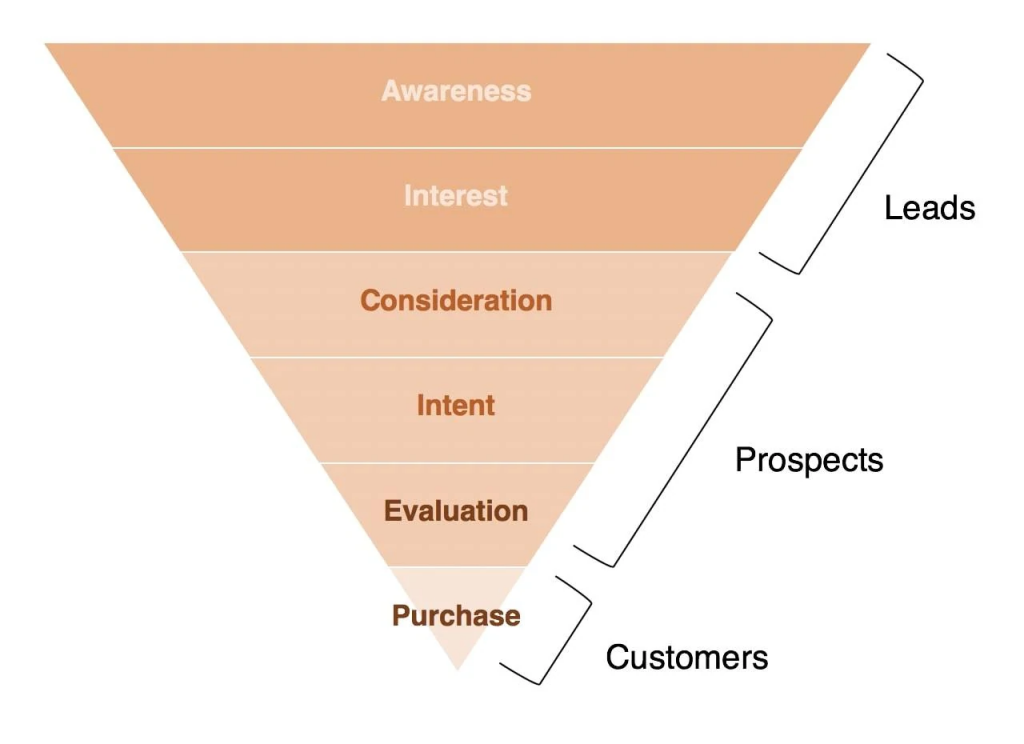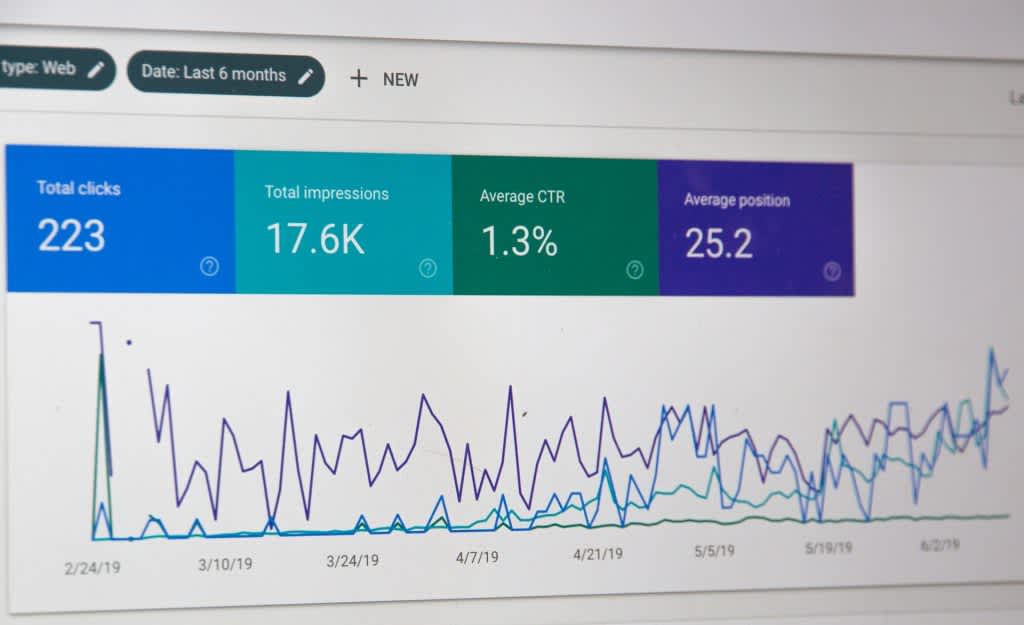Many businesses struggle to consistently attract new customers. While there are many ways to reach a target audience, many companies don't know how to efficiently convert visitors into paying customers. In other words, they don't take the time to understand their customers and build an effective acquisition funnel to convert them.
Let's take a closer look at the customer acquisition process and how to build a funnel that systematically delivers new customers.
Customer acquisition funnels are essential to consistently attract and convert new customers.
What Is Customer Acquisition?
Customer acquisition is the process of finding and onboarding customers to your business. For example, suppose that you're using Google Ads to drive targeted traffic to your website. Customer acquisition involves converting someone that clicks on the ad into a paying customer—a process that could take place over several days or weeks.
Unlike marketing or advertising, customer acquisition begins after a visitor finds your website or application and focuses on revenue rather than brand recognition. The term encompasses lead generation, lead acquisition, and lead conversion—and as we’ll see later in the article, it can go full-circle back to lead generation by turning customers into promoters!
The best customer acquisition processes are measurable, repeatable, and scalable. For instance, you know that you can convert ten new customers for every $1,000 you spend on Google Ads, and you can scale up your ad spend to $10,000 and know that you'll attract 100 new customers each month, creating a predictable stream of business.
Stages of the Buying Process
Most visitors don't convert into paying customers immediately after clicking on an ad. Instead, your business is often one of many possible solutions they evaluate before making a purchasing decision. Therefore, customer acquisition is often thought of as a process—or funnel—where visitors slowly progress from leads to paying customers.

Shopify's six stages of the customer acquisition process. Source: Shopify
There are three main parts of the process:
Awareness - Awareness is simply getting potential customers aware that your product exists through marketing, advertising, press, word-of-mouth, or other channels. This is where you can start to turn visitors into leads through targeted offers.
Consideration - Consideration is when customers express an interest in your product by becoming an email subscriber or social media follower. From there, you can nurture them into becoming an engaged prospect that learns and opens emails.
Purchase - Purchasing is the final stage of the process where you convert prospects into customers. For example, prospects may be nearing the end of a free trial or have added a product to their cart—they just need something to push them over the top.
You can take actions in each category to guide the visitor toward becoming a paying customer. For instance, you may show a pop-up offer during the consideration phase, collect their email address, and send them a series of follow-up emails educating them on your product. Then, you can offer discounts to incentivize the final purchase.
Building a Clear Path to Conversion
Customer acquisition channels are the specific methods, platforms, and strategies for attracting new potential customers. While there are many different channels, the right choice depends on your audiences, resources, and business. Most businesses experiment with different options until they find something that works—and then scale that up over time.
Some typical customer acquisition channels include:
Content Marketing - Content marketing involves writing educational pieces (like this one) to help inform potential customers. For example, you might start a blog, record a podcast, write an ebook, curate a newsletter, or launch a course.
Social Media - Social media marketing is an excellent way to build an audience and capitalize on virality. For example, you might incentivize existing customers to tweet about your product or engage an influencer to reach your target market.
Email Marketing - Email marketing involves sending periodic emails, sequences, or newsletters to convert subscribers into paying customers. For example, you can use email marketing tools to segment lists and build highly-targeted campaigns.
Referral Programs - Referral programs leverage your existing customers to grow your customer base. Since recommendations from friends and colleagues are so impactful, it's one of the most effective ways to scale your business.
Freemium Products - Freemium products give away some functionality to potential customers, reserving the killer features for paying customers. As a result, you can build a stronger relationship with customers before making an ask.
With each acquisition channel, it's essential to understand the customer acquisition cost or CAC (e.g., the cost of the marketing efforts divided by the number of customers acquired). With that figure in hand, you can then deduct your customer acquisition cost from the customer's lifetime value to understand if the customer acquisition channel is profitable.
For example, suppose that you run a B2B SaaS business. You maintain a blog that costs about $1,000 per month and generates about 100 leads. These leads are sent an email course that takes place over three weeks with a 20% conversion rate to a free trial. And, free trial users convert at 60% to paying users. The total CAC is about $83, or $1,000 divided by 12 customers.
Next, suppose that customers pay $50 per month and stick around for an average of 12 months, translating to a lifetime value (LTV) of $600. The CAC of $83 is profitable given the $600 LTV, but there’s a payback period of a little over a month plus the three-week process. Knowing this, you can easily compare blogging with other customer acquisition channels.
Scaling the Process Over Time
A customer acquisition funnel that's measurable and repeatable is an excellent start. However, scaling up customer acquisition channels can be a real challenge. For example, many marketing campaigns with a high conversion rate use a highly-targeted customer segment, which limits the number of people that see an advertisement.
In addition to ensuring that the economics work out, businesses must also ensure that lead quality remains high. For example, a customer acquisition channel with customers that only stick around for a few months is worth far less than one that produces lifetime customers. A high churn rate can increase costs and damage your brand over time.
Finally, the most successful customer acquisition funnels are actually customer acquisition cycles. For example, you can use referral programs to incentivize existing customers to refer their friends and colleagues. By doing so, you create a cycle where you're constantly attracting new customers using your existing (growing) customer base.
The Bottom Line
Customer acquisition funnels are critical to understanding and optimizing how visitors become paying customers. By taking a systematic approach to finding and onboarding customers, you can build a much more sustainable source of growth.
If you need help building effective digital products, contact us to schedule a free consultation and learn about our comprehensive approach.

Greg Cargopoulos
Marketing Lead

